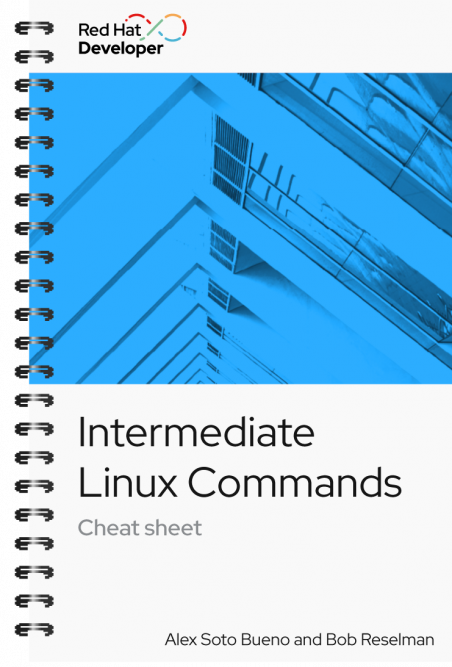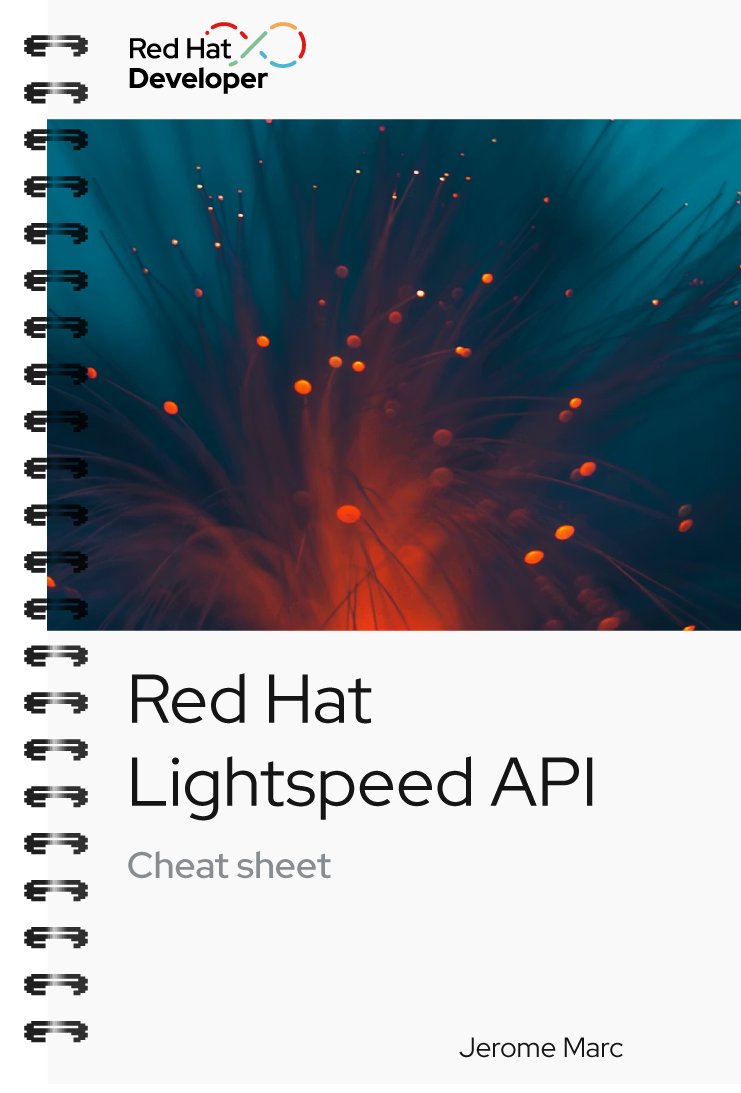

Intermediate Linux commands cheat sheet
About
Last updated: Sept. 6, 2022
Ready to level up your Linux knowledge? This cheat sheet presents a collection of Linux commands and executables for developers and system administrators who want to move beyond the basics. You’ll find tips on managing processes, users, and groups on Linux, as well as monitoring disk and network usage.
Download the Intermediate Linux Cheat Sheet to gain an enhanced understanding of:
- Console and output management commands:
- history
- more
- top
- Working with disks, devices, and volumes on Linux:
- df
- du
- Managing files and directories on Linux:
- find
- pwd
- alias
- awk
- diff
- sed
- Network commands:
- hostname
- nslookup
- traceroute
- Commands for working with the Red Hat Enterprise Linux operating system:
- sestatus
- uname
- User and group commands:
- users
- useradd
- userdel
- usermode
- groups
- gpasswd
- groupadd
- groupdel
With Red Hat Developer cheat sheets, you get essential information right at your fingertips so you can work faster and smarter. Easily learn new technologies and coding concepts and quickly find the answers you need.
Excerpt
traceroute
traceroute [options] <target address or domain_name>Reports the route that a packet takes in hops to move through the Internet to reach its destination.
The program traceroute is not part of Red Hat Enterprise Linux (RHEL) by default. It must be installed using:
sudo dnf install tracerouteExample:
The following example reports the route from the local machine to developers.redhat.com. The -m option is used to limit the output to the first five hops:
$ traceroute -m 5 developers.redhat.com
traceroute to developers.redhat.com (23.199.47.85), 5 hops max, 60 byte
packets
1 _gateway (192.168.86.1) 0.599 ms 0.514 ms 0.656 ms
2 142-254-237-093.inf.spectrum.com (142.254.237.93) 11.974 ms 11.874 ms
17.793 ms
3 agg53.lsaicaev02h.socal.rr.com (24.30.168.85) 19.294 ms 20.242 ms
19.224 ms
4 72.129.19.22 (72.129.19.22) 18.984 ms 19.888 ms 19.969 ms
5 agg26.tustcaft01r.socal.rr.com (72.129.17.2) 13.575 ms 19.673 ms
13.579 msRHEL management commands
The commands in this section apply to working with the Red Hat Enterprise Linux operating system.
sestatus
This program is used to report status information about a computer or virtual machine running SELinux.
sestatus [options]Example:
The following example invokes the program sestatus and displays the default response:
$$ sestatus
SELinux status: enabled
SELinuxfs mount: /sys/fs/selinux
SELinux root directory: /etc/selinux
Loaded policy name: targeted
Current mode: enforcing
Mode from config file: enforcing
Policy MLS status: enabled
Policy deny_unknown status: allowed
Memory protection checking: actual (secure)
Max kernel policy version: 33


